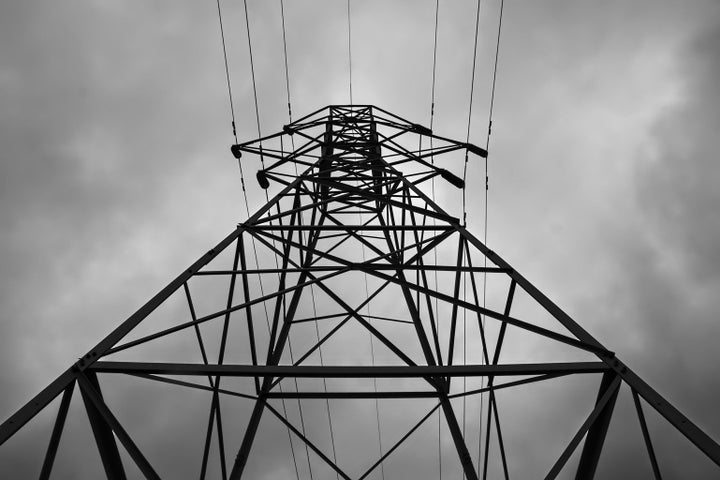
With Hurricane Sandy hurtling toward the Mid Atlantic, utilities up and down the East Coast have put thousands of power line workers and tree-cutting crews on the ready, and thousands of reinforcements are being brought in from states beyond the storm's reach.
If estimates generated by a computer model at Johns Hopkins University are correct, those crews will be busy for some time. The model, developed by Seth Guikema, an assistant professor in the Department of Geography and Environmental Engineering at JHU, combines data on expected wind gusts, wind durations and population density, along with information from 11 previous hurricanes. It currently estimates that between 8 and 10 million customers will lose power over the coming week, as Sandy turns toward the coast over the next 24 hours and then drives northward through some of the most densely populated regions of the United States.
That would exceed the 6 to 7 million customers knocked offline by the ravages of Hurricane Irene last year, a storm that ultimately caused nearly $16 billion in total damages.
"The aim, really, is to see if we can get this kind of information to emergency managers ahead of time, so they can be more prepared for future storms," Guikema said in a phone call Sunday afternoon. He added that the project is one part of a much larger effort to study the increasing vulnerability of grid operations to hurricane threats over time -- particularly as such storms are expected to increase in frequency and intensity with the changing of the climate.
On Saturday, New Jersey's Public Service Electric and Gas Company said the so-called "storm on steroids" could cause between 500,000 and 1 million of the utility’s 2.2 million electric customers to lose power. To prepare, the utility, like others up and down the East Coast and Mid-Atlantic states, was bringing in roughly 1,000 line-workers and contractors from states as far away as Texas, Indiana, Illinois, Wisconsin, Florida, Missouri and even Quebec, Canada.
Con Edison of New York said over the weekend that it was expecting damages to electrical equipment both above and, due to flooding, below ground. The utility said it was prepared as needed to "shut down underground electrical distribution equipment if the storm surge flooded low-lying areas, such as parts of lower Manhattan."
Long Island Power Authority and National Grid, which provides electric service to a combined 4.4 million customers in New York, Massachusetts, New Hampshire and Rhode Island, notified customers on Sunday afternoon to expect power outages in some areas lasting seven to 10 days or more.
The JHU model is a slightly more blunt version of one that Guikema and his colleagues began developing several years ago with support from a Southern utility seeking to quantify potential damages from powerful hurricanes. That model, which looked only at the utility's service area, included a wide range of detailed, ground-level variables -- including not just wind speed, but also soil moisture, soil cover, land use, preceding drought conditions, and other factors that would contribute to the one thing that does the most damage to power lines during a storm: falling trees and branches.
The model being used to predict Sandy's havoc does not include many of these granular inputs, but Guikema said it offers estimates of the fraction of households that will likely lose power in each Census tract in the hurricane's expected path. The model's predictions proved to be within 10 percent of the best estimates in each state that was slammed by Hurricane Irene last year -- the first time the broader model was really put to the test, Guikema said.
The JHU team plans to continue running the model and updating power-loss estimates as Sandy moves ashore beginning tomorrow and through next week.